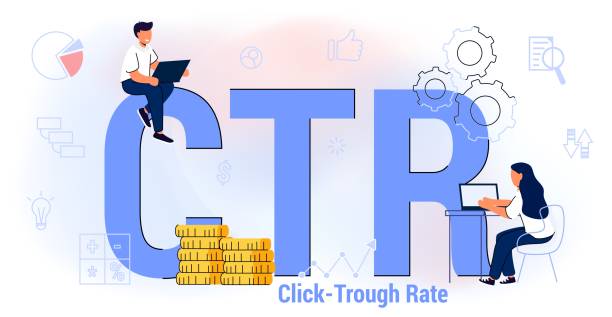
What Tools Are Available to Analyze and Improve Maps Click-Through Rate?
Posted by on 2024-04-18
In order to analyze and improve maps click-through rate, there are several tools available that can be utilized to gain valuable insights and make data-driven decisions. These tools provide a deeper understanding of how users interact with maps, allowing for more targeted optimization strategies.
One such tool is Google Analytics, which offers in-depth tracking of user behavior on maps. By setting up event tracking, businesses can monitor clicks on specific locations or markers within their map. This information can help identify popular areas or points of interest, as well as potential areas for improvement.
Another useful tool is heat mapping software, such as Crazy Egg or Hotjar. Heat maps visually display where users are clicking most frequently on a map, highlighting areas of high engagement and areas that may be overlooked. This data can inform adjustments to the layout or design of the map to increase click-through rates.
Additionally, A/B testing tools like Optimizely allow businesses to create multiple versions of a map and measure which one generates the highest click-through rate. By experimenting with different elements such as colors, icons, or call-to-action buttons, organizations can determine what resonates best with their target audience.
Furthermore, feedback tools like Qualaroo or SurveyMonkey enable businesses to gather direct input from users about their experience with the map. This qualitative data can uncover pain points or opportunities for enhancement that may not be apparent through quantitative metrics alone.
Overall, by utilizing these tools in conjunction with each other, businesses can gain a holistic view of their maps' performance and make informed decisions to optimize click-through rates. Continuous monitoring and analysis are key to identifying trends and making iterative improvements that drive engagement and ultimately lead to greater success in achieving business objectives.
One such tool is Google Analytics, which offers in-depth tracking of user behavior on maps. By setting up event tracking, businesses can monitor clicks on specific locations or markers within their map. This information can help identify popular areas or points of interest, as well as potential areas for improvement.
Another useful tool is heat mapping software, such as Crazy Egg or Hotjar. Heat maps visually display where users are clicking most frequently on a map, highlighting areas of high engagement and areas that may be overlooked. This data can inform adjustments to the layout or design of the map to increase click-through rates.
Additionally, A/B testing tools like Optimizely allow businesses to create multiple versions of a map and measure which one generates the highest click-through rate. By experimenting with different elements such as colors, icons, or call-to-action buttons, organizations can determine what resonates best with their target audience.
Furthermore, feedback tools like Qualaroo or SurveyMonkey enable businesses to gather direct input from users about their experience with the map. This qualitative data can uncover pain points or opportunities for enhancement that may not be apparent through quantitative metrics alone.
Overall, by utilizing these tools in conjunction with each other, businesses can gain a holistic view of their maps' performance and make informed decisions to optimize click-through rates. Continuous monitoring and analysis are key to identifying trends and making iterative improvements that drive engagement and ultimately lead to greater success in achieving business objectives.